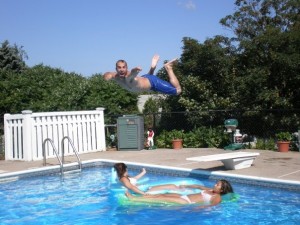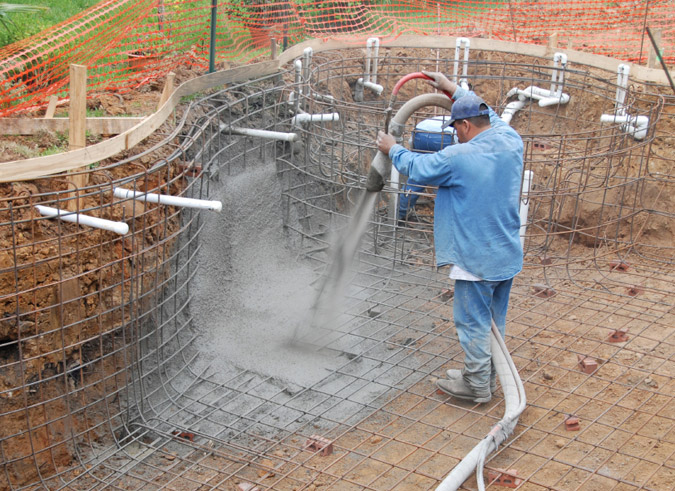What is Chlorine?
Chlorine is a chemical disinfectant, and is the principal chemical used to purify and bleach pool water. Normally, chlorine is an irritant, but in small amounts, it ensure clear, clean, and safe pool water.
There are 3 aspects of chlorine that we must measure:
1. Free Available Chlorine (also called residual chlorine). This refers to the amount of chlorine that is available for sanitization and disinfecting. This is the key measurement for pool water.
2. Combined Chlorine. This refers to “bad” chlorine–noxious, undesirable chlorine that form when free available chlorine drops.
3. Total Chlorine. This simply refers to all chlorine, both free and combined chlorine.
If the amount of chlorine is too low, algae and bacteria will form, and your pool can harbor harmful germs. Pool water may become cloudy. Too much chlorine will result in eye, nose, and skin irritation. Chlorine, in high amounts, is carcinogenic.
First: Testing Chlorine
Chlorine in pool water must be tested regularly. Twice a week testing is recommended. Follow these tips and tricks to ensure accurate chlorine readings:
Take water samples from a few feet below the surface.
Take water sample a few feet from the edge of the pool.
When pool water is warmer (summertime), the chlorine will become consumed at a higher rate. Cooler temperatures will slow the consumption of chlorine.
Clean your test kit vials like crazy–rinse them a few times to clear out any chemical residue.
Test kits degrade–make sure yours isn’t years old.
Pool supply stores test for free–in the hope that you’ll buy chemicals from them.
Want a great test kit? Get a Taylor Test Kit. Taylor kits are used by many professionals.
Next: Adding Chlorine
If your test indicates that chlorine needs to be added to the pool, add chlorine in the amounts indicated by the test results.
If you have an electric/salt system, raise the chlorination in steps, don’t raise it terribly high all at once–you might over-chlorinate.
Never, ever, put a chlorine “hockey puck” in a pool skimmer–the concentrated chlorine passes directly to your expensive pool equipment. Use a plastic floater.
















